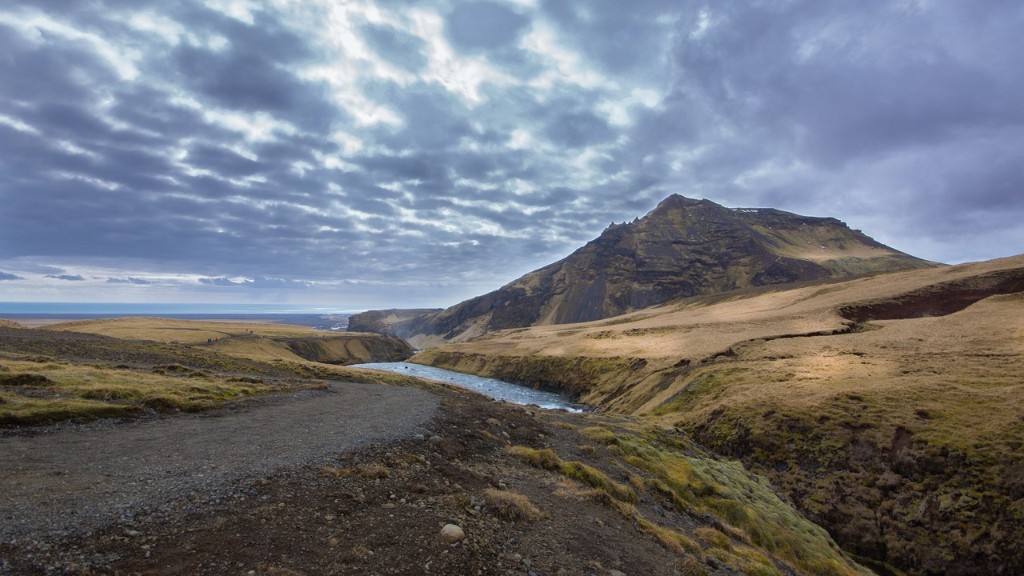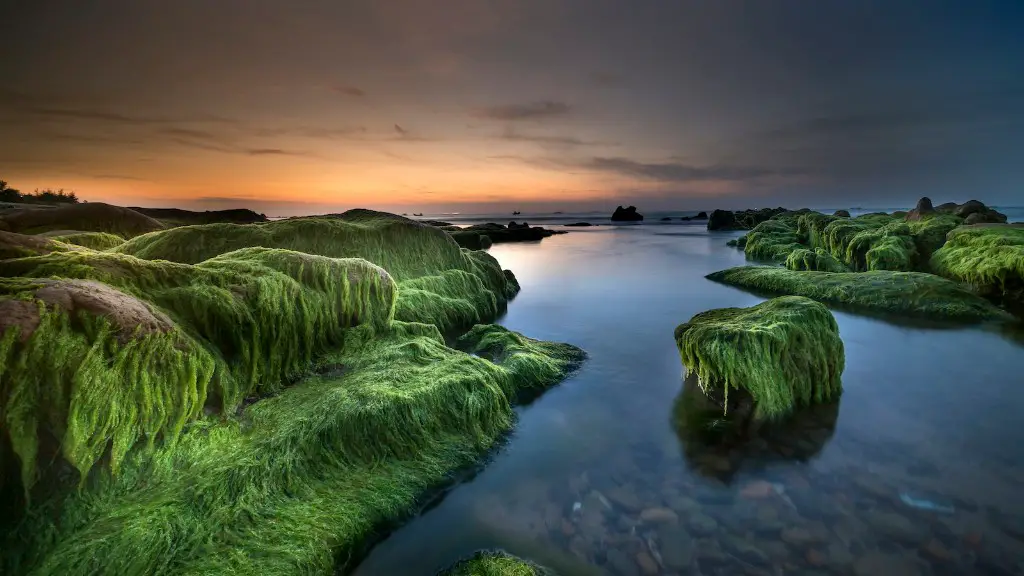The Yangtze River – known as the longest river in both China and Asia – has become a particularly notable case study in the context of both human-induced climate change and the considerable impact of humanity on large-scale natural processes. Fluctuations in the river’s flow have been greatly affected by a number of factors encompassing everything from human-made dams to excessive water extraction for a range of purposes. Here, we will explore the complex human factor in the Yangtze River and flooding, from an empirical, economical, and historical perspective.
For generations, the Yangtze has served as a vital economic artery, carrying goods, providing irrigation to surrounding areas, and playing a key role in the development of Chinese civilization. However, in recent decades the river has been subjected to a wide range of human activities that have caused sharp shifts in its water levels and seasonal flow. These activities include the construction of massive dams, sediment removal from the river, and artificial drainage of wetlands, many of which have been off-limits to human activity for centuries.
One of the most prominent examples of the human factor in the Yangtze River has been the erection of the Three Gorges Dam, the world’s largest hydropower project, in 2003. Although the dam has enabled large-scale energy production, it has also disrupted the flow of the river by allowing only limited water passes through its gates. This has resulted in disruptions in the natural cycle of flooding, which historically has been crucial in replenishing the Yangtze’s soil and consequently serving as an economic lifeline for many people living in nearby regions.
In addition to the Three Gorges Dam, an array of hydropower projects across the various provinces that the Yangtze passes through have also posed a significant barrier to the river’s natural flow. A report from China’s ICWR (Integrated China Water Resources) revealed that hydro projects on the Yangtze have caused the population of fish to decrease by a staggering 40%, with some fish species now facing extinction due to the resulting bottlenecks induced by the damming of the river.
To further complicate the situation, extensive water extraction for industrial and commercial purposes has taken a large toll on the Yangtze’s water reservoirs. One estimate from Greenpeace has estimated that a whopping 32.5 billion cubic meters have been removed from the river annually. This has led to significant water pollution throughout the region – particularly in provinces bordering the Yangtze – with many drinking water sources now being unsafe to consume due to high levels of industrial pollution and contamination.
The human factor in the Yangtze River and flooding is undoubtedly complex, with solutions to reduce contamination and over-extraction becoming increasingly sought-after as the global population continues to grow. Despite this, much of the conversation surrounding the river is still focused on the potentially catastrophic effects of unchecked climate change. Given the immense cultural and economic importance of the Yangtze, it is essential that researchers, policy makers, and citizens alike come together to ensure that sustainable solutions are implemented to preserve the river’s ecosystems and resource potential.
Pollution of the Yangtze River and its Effects
Another form of human impact on the Yangtze River is the immense amount of industrial and agricultural pollution that has resulted in severe deterioration of the river’s water quality. Reports from China’s Ministry of Water Resources show that over 50% of the river’s water is now unfit for human consumption, and pollutants such as human waste, nitrogen, and phosphorous are released into the water system on a daily basis. This has resulted in a sharp decrease in native species and a corresponding reduction in available fisheries.
In terms of the effects of pollution on human health, a study recently conducted by Tsinghua University concluded that a staggering 2.5 million Chinese people may suffer from “severe and permanent effects” due to toxic pollutants present in the water of the Yangtze River. This includes cases of kidney failure and other serious illnesses, with those residing in provinces nearest the river being most affected. Due to the immense population that resides in close proximity to the river, the magnitude of the problem is much greater than any other similar situation in the world.
The has also been an impact on other species, as a result of the pollution. Animal migration patterns have been greatly impacted and research suggests that the Yangtze may now be home to a dramatically reduced animal population. Pollution-sensitive species such as freshwater fish and birds are facing a significant decrease in number, largely due to the physical barriers to migration caused by human-made hydropower projects.
Impact of Overtourism on the Yangtze River and its Ecosystems
Overtourism has had a significant effect on the Yangtze River since the boom in Chinese tourist numbers in the past 15 years. Tourists have flocked in droves to the Yangtze, resulting in a range of environmental problems that have compounded existing issues related to human-induced climate change. From litter to noise pollution, the Yangtze has been subjected to a number of adverse effects due to its newfound popularity as a destination for both Chinese and foreign tourists.
Aside from the problems associated with a large influx of tourist visitors, the Yangtze has also suffered due to its proximity to major urban centers. Millions of people reside near the river and as a consequence, numerous business establishments have been built along its banks. This has resulted in riverside development that has not only had an adverse impact on the water quality, but also on the natural habitat of the river’s native species.
Moreover, there are the effects of the products of these industries, which has become worse due to their unsustainable production practices. This has caused serious problems in terms of river water quality, with trash and other pollutants making their way into the river due to an inadequate waste management system. This issue is further compounded by the fact that most of these businesses are unmonitored and often operate without environmental permits.
Human Impact on the Quality of Life Around the Yangtze River
One of the largest issues facing the Yangtze River is that of displacement. Due to the continued construction of hydroelectric dams, an estimated 1.5 million people have been relocated from villages situated along the Yangtze River to new locations, often in urban centers. Relocation of this magnitude is often seen as a means to spur economic growth and development, but it also carries with it a range of social and economic challenges.
The resettlement process has been a key topic amongst researchers, with most studies showing a number of common challenges associated with relocation. These challenges include difficulties in adapting to unfamiliar environments, loss of access to vital services, and difficulty in finding new employment, all of which have led to a significant decrease in the quality of life for many people living nearby the Yangtze.
Furthermore, the huge population residing in the Yangtze River basin has caused exponential increases in the area’s population in the past few decades. This steady influx of people has resulted in immense strain on the surrounding ecosystems and has had a great impact on the natural resources, such as water and soil, of the region.
Overall, as one can see, the impact of human activity on the river and its surrounding areas has been considerable. With a population of over 400 million people, the Yangtze River has been subjected to unchecked environmental degradation, displacement, pollution, and over-extraction that have had a major effect on the region’s population and the river’s resource potential.
Environmental Effects of Human Interference with the Yangtze River and its Ecosystems
The various forms of human interference with the Yangtze and its surrounding areas has had a number of significant environmental effects, many of which have been overlooked by the Chinese government. These include erosion and a decline in soil quality, loss of animal and plant species, introduction of toxic pollutants, and air pollution due to industrial activity in the area.
Erosion has been a major problem for several decades, with the increased construction of dams, removal of sediment, and water diversion leading to the degradation of soil quality throughout the region and a drastic decrease in the water’s ability to replenish the surrounding land.
Moreover, the introduction of toxic pollutants into the river has caused damage to the flora and fauna. Fish populations, which are an important source of food for local communities, have plummeted in recent years due to the contamination of the river. Similarly, the abundance of birds and other wildlife has decreased due to pollution and, in some instances, increased hunting in the region.
The air quality of the region has also decreased due to emissions from surrounding factories and power plants, many of which are located near the Yangtze River. Owing largely to their unrestricted use of exhaust-producing machinery, these industries cause the release of large amounts of greenhouse gases that are damaging to both the atmosphere and the local environment.
Conclusion
In conclusion, the human factor in the Yangtze River and flooding is complex and multifaceted, and its effects can be felt in numerous ways across the region. Without sustainable solutions being taken to mitigate the damage caused by human interference, the Yangtze and its surrounding areas could face a devastating future, with alarming effects on both the environment and local communities alike.





